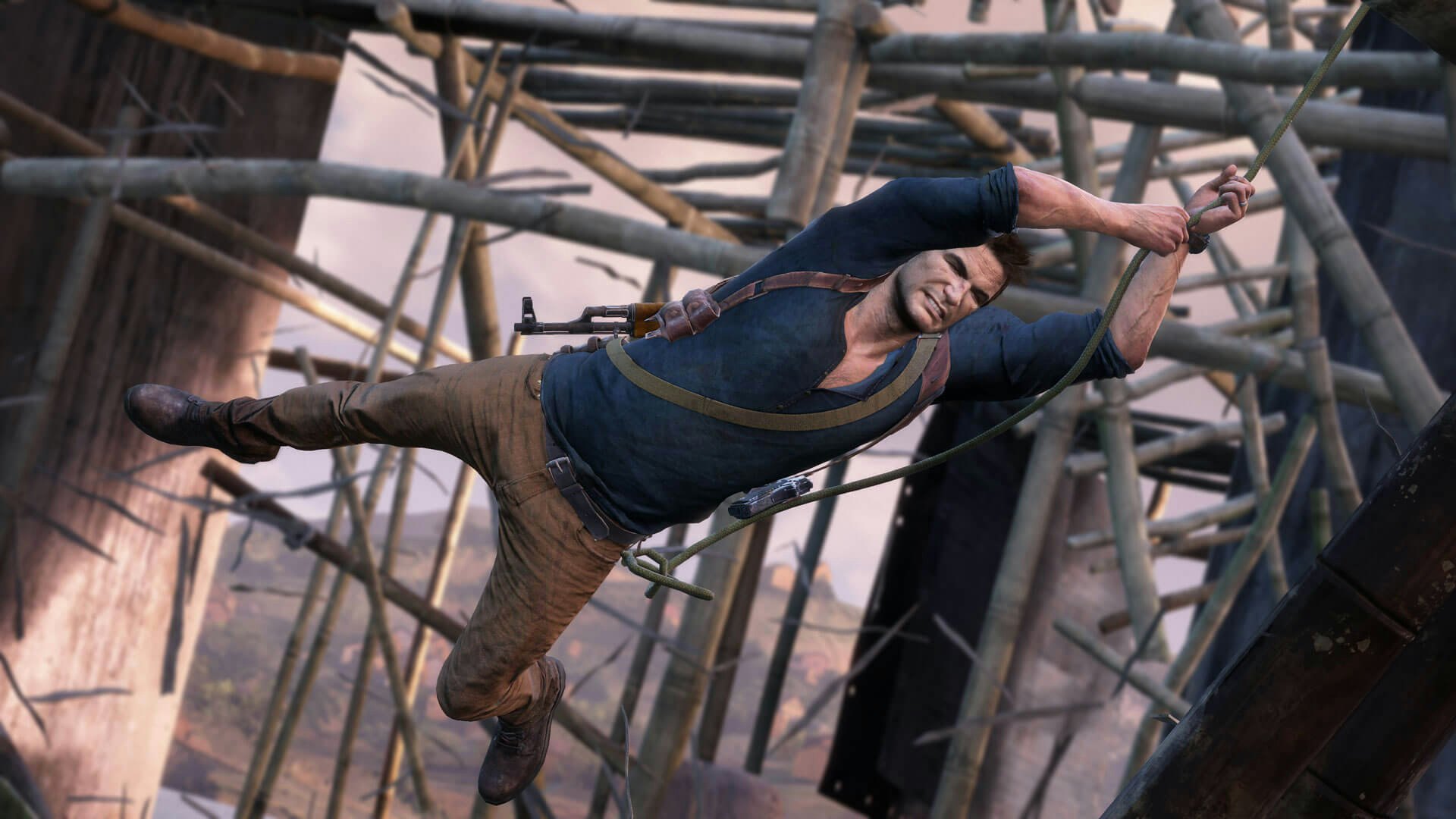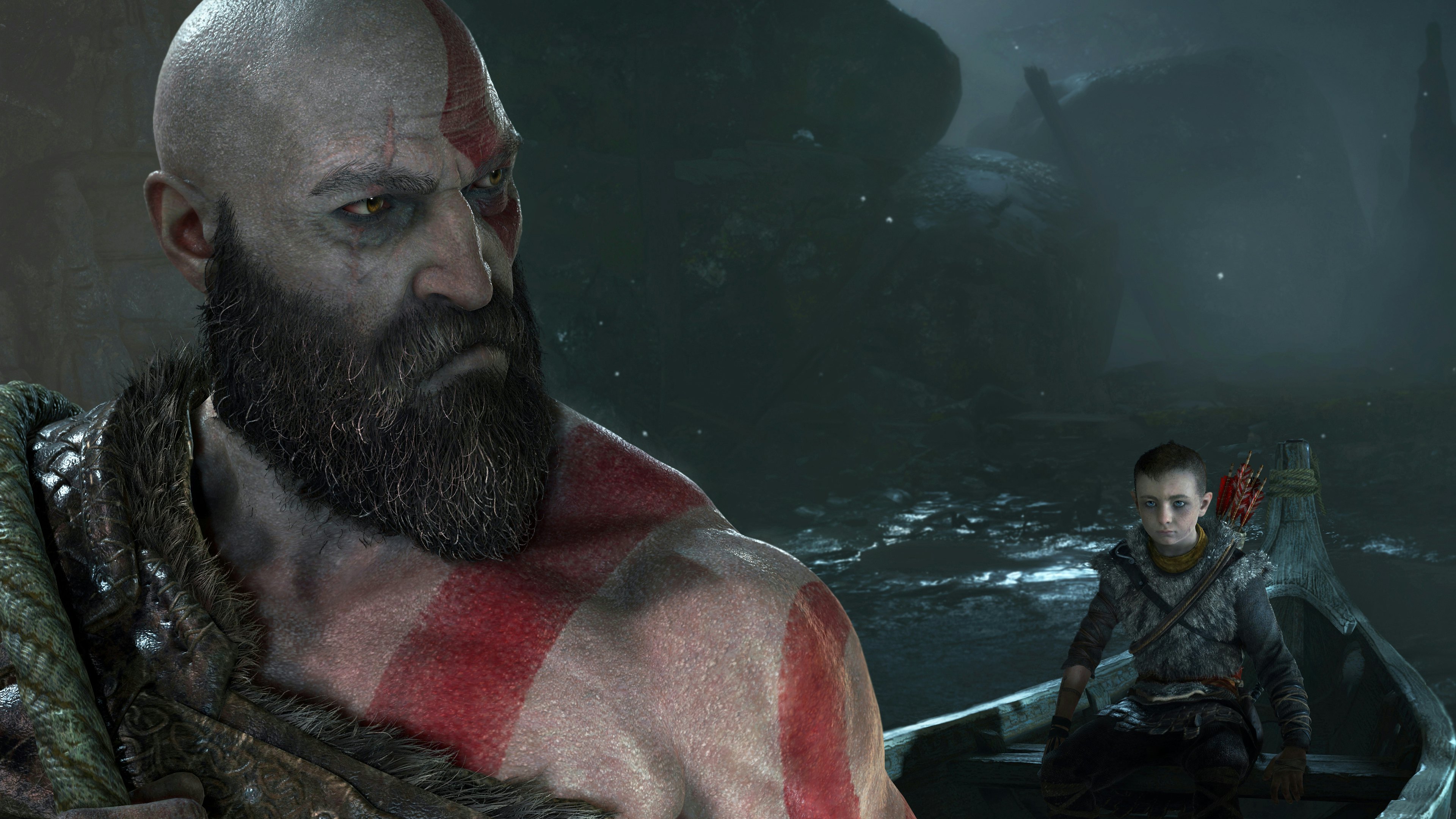
Despite the success of a franchise, sometimes the end is inevitable. It has to come because if it doesn’t then a once-beloved series runs the risk of becoming tired. PlayStation has a slew of iconic franchises, and Uncharted is one of the best thanks to its Indiana Jones-styled approach to its adventure. It also helps that we’ve got a charming protagonist named Nathan Drake. But seven years ago, Drake’s story ended with the release of Uncharted 4: A Thief’s End. What makes Uncharted 4 special is that it ends the series on a high note, and it paved the way for the future of PlayStation in the process.
The Uncharted series from Naughty Dog (now best known for The Last of Us) defined the PlayStation 3. The first entry, Drake’s Fortune, was released a year into the console's lifespan. The subsequent second and third entries followed soon after. It made a concise trilogy that could all be played on the PlayStation 3, solidifying the console as the place to play some of the most cinematic and exciting exclusives in gaming. But the story of Nathan Drake had one last chapter: the end.

Released for the PlayStation 4 in 2016, Uncharted 4 still has the roguish charm of the first three games, and the plot follows a familiar formula by introducing some mystical treasure for Drake and company to hunt down before some goons. In this case, it is the lost pirate paradise of Libertalia, which still holds a massive horde of wealth to be plundered. Back to help Nate get to the booty first are series mainstays like Sully and Elena, with the added introduction of Nate’s previously thought-dead brother Sam.
While much of the blueprint is in line with the carefree globetrotting hijinks of the first three games, what sets A Thief’s End apart is its more somber approach to the story. With only a few in-game years passing since Uncharted 3: Drake’s Deception, Nate has found that he is not as young as he used to be. Trading a life of adventure for one of comfort, he now lives with Elena and works an honest job.
But he is restless, and the promise of one last great adventure is impossible to pass up. Despite his desire to recapture the sense of his old adventures, A Thief’s End makes him struggle more than ever. It is a gripping narrative that also includes mechanical leaps like larger open areas for exploration and some of the most gorgeous set pieces in the series.
There is an implicit acknowledgment on the game’s part that this is the end of the line for Nate. From the moment you press start, it is an unstoppable roller coaster toward an end for the series. It is a sense of dread that hangs over everything — which the game wants to make the player sit in.

Much of this darker tone comes from a change in leadership for the finale. After series creator Amy Henning departed from Naughty Dog, Last of Us creators Neil Druckmann and Bruce Straley took over Uncharted 4. While not nearly as oppressively dark as The Last of Us, Uncharted 4 takes more emotional cues from that game than its predecessors. The graphical fidelity of the PS4 is used to show the wrinkles that now define Nate’s face along with speckles of gray in his hair. Even the story of a paradise that met its end all comment on the meta-narrative of Uncharted 4.
In addition to marking the end of the Uncharted series, A Thief’s End also marks a close to an era of PlayStation while simultaneously marking the beginning of another. It closes out the adventurous blockbusters of the PlayStation 3 era that Uncharted helped define while ushering in the era of prestige.
The Last of Us began this move but Uncharted 4’s transformation of the series solidifies it. Following Uncharted 4, Sony pivoted to making games that feel more traditionally prestigious, culminating in the likes of Ghost of Tsushima and other modern classics.
Uncharted 4: A Thief’s End is a deserved finale for one of PlayStation’s biggest franchises, but it was also a begging for PlayStation whose influences can still be felt today.







